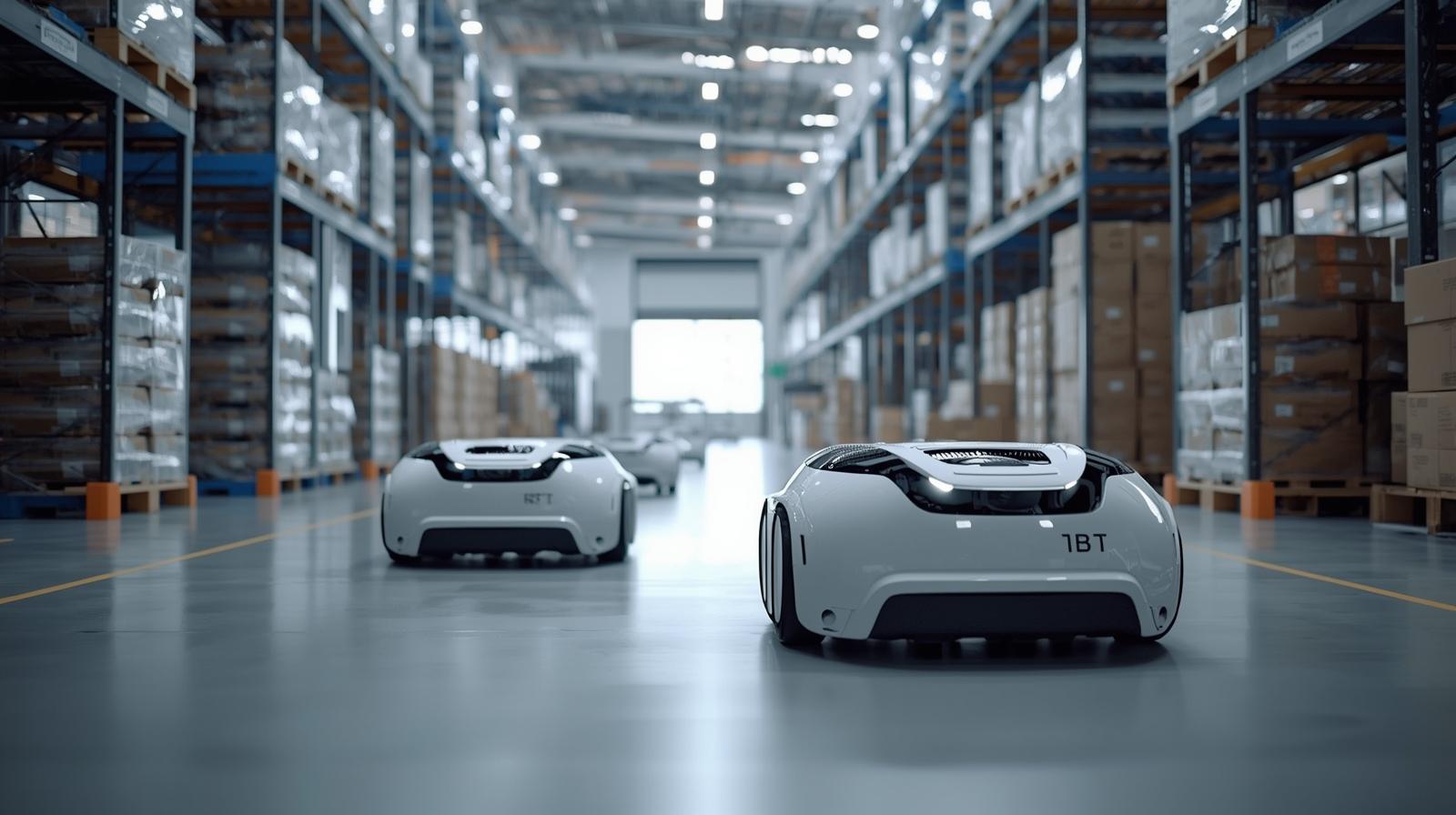In today’s fast-paced, e-commerce-driven world, efficiency is no longer optional — it’s essential. That’s where autonomous mobile robots in warehouses are stepping in, changing the game for how goods are moved, stored, and shipped. These intelligent, self-navigating machines are becoming the backbone of modern warehouse operations, helping companies keep up with rising demand while minimizing errors, downtime, and labor costs.
Why Warehouses Are Turning to Robots
The traditional warehouse setup — with rows of static shelves, forklifts, and manually managed inventory — simply can’t match the speed and scale required today. Labor shortages, high employee turnover, and the pressure to deliver orders faster than ever have made automation not just attractive, but necessary.
Autonomous mobile robots in warehouses solve many of these challenges by performing repetitive, time-consuming tasks such as transporting goods, sorting items, and scanning inventory. These robots navigate warehouse floors using sensors, cameras, and real-time data — all without the need for fixed infrastructure like conveyor belts or rails.
How Autonomous Mobile Robots Work in Warehouses
What sets autonomous mobile robots in warehouses apart from traditional automated systems is their flexibility. These robots don’t follow fixed paths. Instead, they use advanced mapping and navigation algorithms to understand their surroundings and make decisions on the fly. Whether it’s avoiding obstacles, rerouting around human workers, or responding to a new task from the warehouse management system, AMRs (Autonomous Mobile Robots) are built to adapt.
In many warehouses, these robots are now working side-by-side with humans. They carry heavy loads from one end of the warehouse to another, allowing human workers to focus on tasks that require judgment, oversight, or problem-solving. This kind of collaboration is not about replacing people — it’s about enhancing productivity and creating safer, more efficient workplaces.
Download PDF Brochure @ https://www.marketsandmarkets.com/pdfdownloadNew.asp?id=107280537

Real-World Impact and ROI
The benefits of using autonomous mobile robots in warehouses go far beyond automation. Companies report significant reductions in order processing time, lower operating costs, and improved inventory accuracy. Some logistics centers have seen a 2–3x increase in throughput within months of deploying AMRs.
Additionally, because AMRs can be scaled up or down easily, they’re a great solution for companies dealing with seasonal spikes or unpredictable order volumes. Businesses can start with a small fleet of robots and expand as needed — without the huge capital investments required by traditional automation systems.
Looking Ahead: The Future of Warehousing
As technology evolves, autonomous mobile robots in warehouses are only becoming smarter and more capable. Integration with AI and machine learning will allow these robots to learn from experience, optimize routes, and make predictive decisions. Eventually, we could see fully autonomous fulfillment centers operating with minimal human intervention, dramatically lowering operational costs while increasing speed and accuracy.
But the transition isn’t just about technology. It’s about building smarter systems that support human workers, meet rising consumer expectations, and allow companies to stay competitive in a dynamic global market.
The rise of autonomous mobile robots in warehouses marks a turning point in logistics. What was once a niche innovation is now a mainstream solution — one that’s shaping the future of how goods move across supply chains. For companies aiming to thrive in the age of instant delivery and digital commerce, the message is clear: now is the time to embrace autonomous mobile robots in the warehouse.
Investor FAQ: Autonomous Mobile Robots in Warehouses
Q1: Why should I consider investing in autonomous mobile robots in warehouses?
Autonomous mobile robots (AMRs) are at the forefront of warehouse automation — a sector seeing rapid growth due to rising e-commerce, labor shortages, and the need for efficiency. AMRs provide scalable, flexible, and cost-effective solutions that improve operational performance, making companies that develop or deploy them highly attractive investment opportunities.
Q2: What makes autonomous mobile robots different from traditional warehouse automation?
Unlike traditional conveyor belts or AGVs (automated guided vehicles), autonomous mobile robots in warehouses are more adaptable. They navigate dynamic environments, adjust routes in real-time, and don’t require fixed infrastructure, lowering capital costs and speeding up deployment.
Q3: What industries are driving adoption of AMRs in warehouses?
The biggest adopters include e-commerce, retail, third-party logistics (3PL) providers, and manufacturers looking to optimize fulfillment centers. Demand is particularly strong in regions with high online shopping activity and where labor costs are rising or labor availability is declining.
